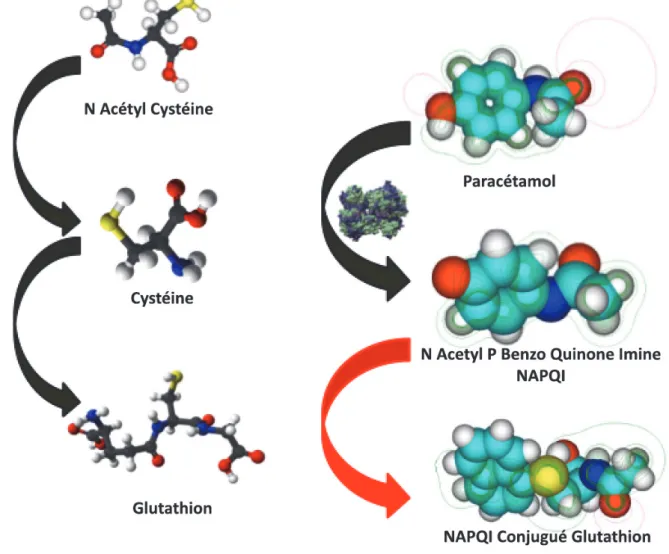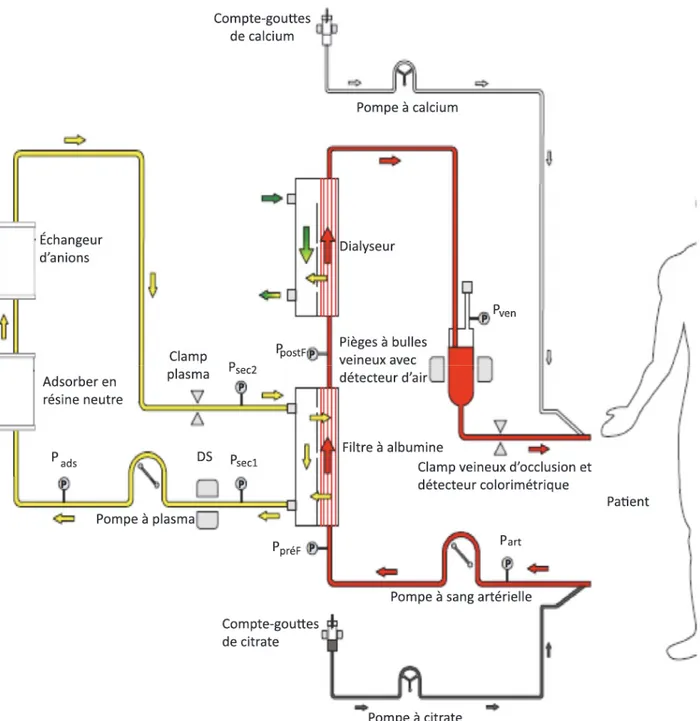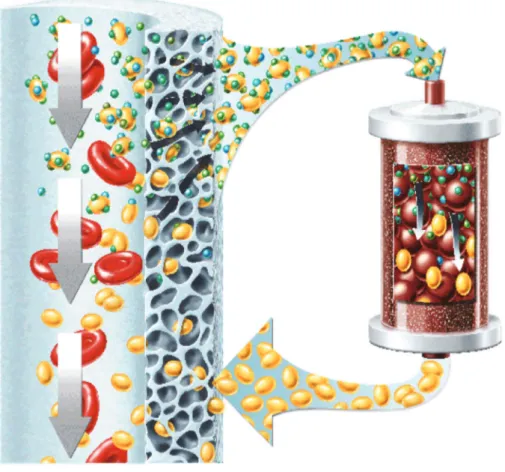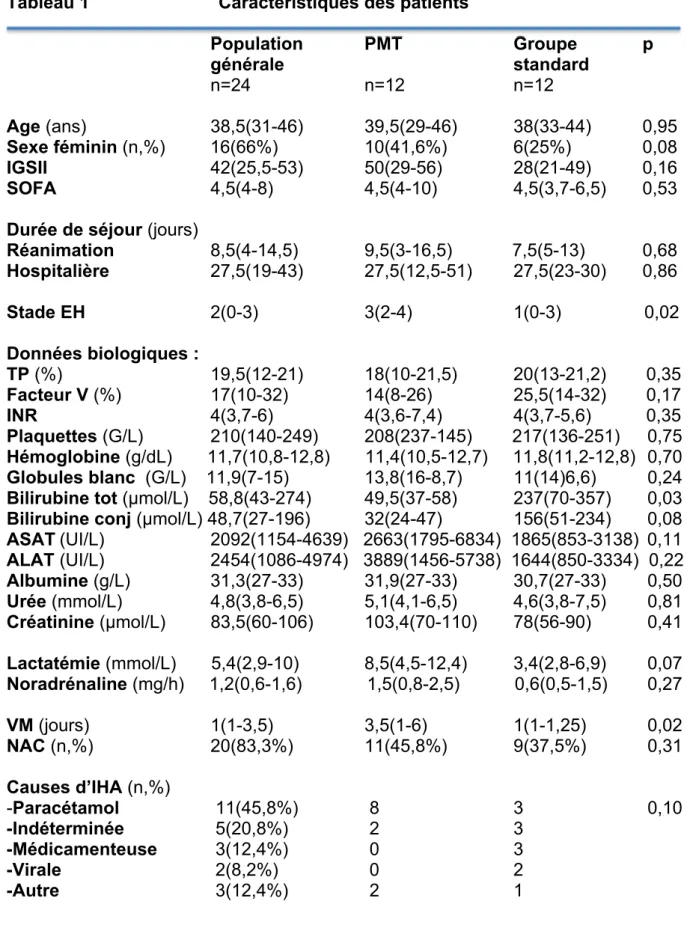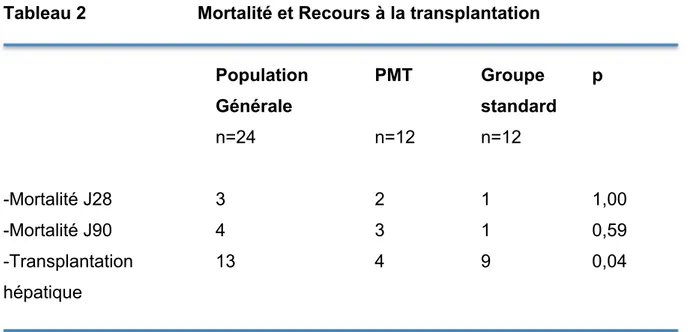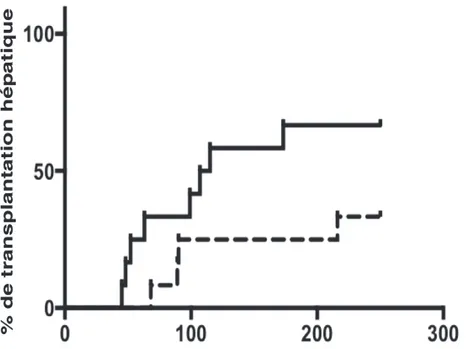Place du Prometheus® dans la prise en charge des hépatites fulminantes
Texte intégral
Figure
![Figure 1 : Critères de mise en liste de transplantation : King’s College et Clichy-Beaujon [14]](https://thumb-eu.123doks.com/thumbv2/123doknet/7449266.221214/28.892.121.784.544.1057/figure-critères-liste-transplantation-king-college-clichy-beaujon.webp)
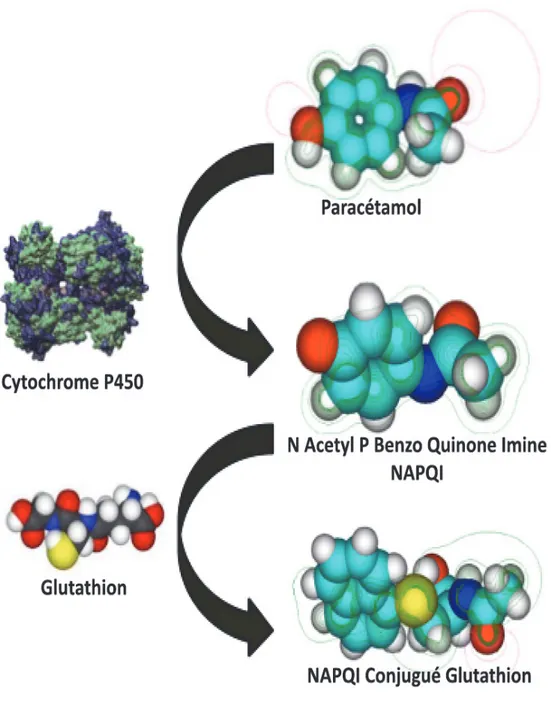
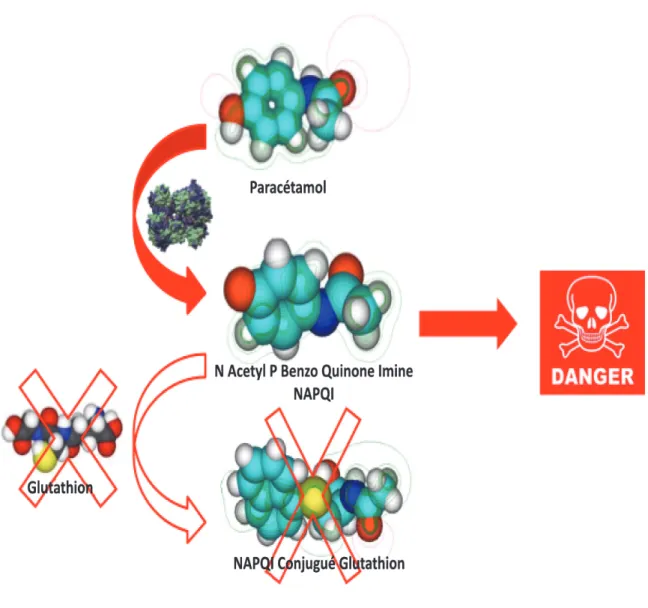
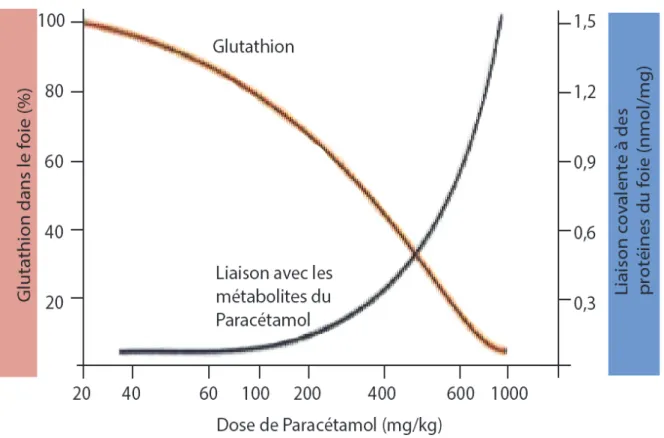
Documents relatifs
Politique de la ville Cohésion sociale Lutte contre les Précarités Empreinte écologique Attractivité Habitat Intégration du privé Centre-ville Mobilité Sécurité
Figure 3. Couche cornée d’aspect estival normal en microscopie électronique à balayage. a) Réseau régu- lier des lignes épidermiques primaires et secondaires; b)
The aim of this study was (i) to provide a synthesis of the floristic variation of calcareous grasslands of the Calestienne natural region using a uniform methodology; (ii) to
Bill Burgwinkle (University of Cambridge), Teresa De Robertis (Università di Firenze), Simon Gaunt (King's College London), Maria Luisa Meneghetti (Università di Milano). Martedì
« Développement d'outils, de formations et de services pour l'évaluation et la remédiation d'optique métacognitive des difficultés d'apprentissage ;. Apprendre à
In this model of endotoxic shock, BM-573 blunted the early phase of pulmonary hypertension, improved arterial oxygenation, and prevented a decrease in right ventricular
In contrast, whereas the glycemic ranges used in this study broadly match those in the design of SPRINT, SPRINT was fixed in its implementation and did not allow this flexibility
Conclusions: This randomized clinical trial demonstrated that 24-month selenium supplementation significantly reduces the rate of CD4 þ cell count decline among ART-naive
